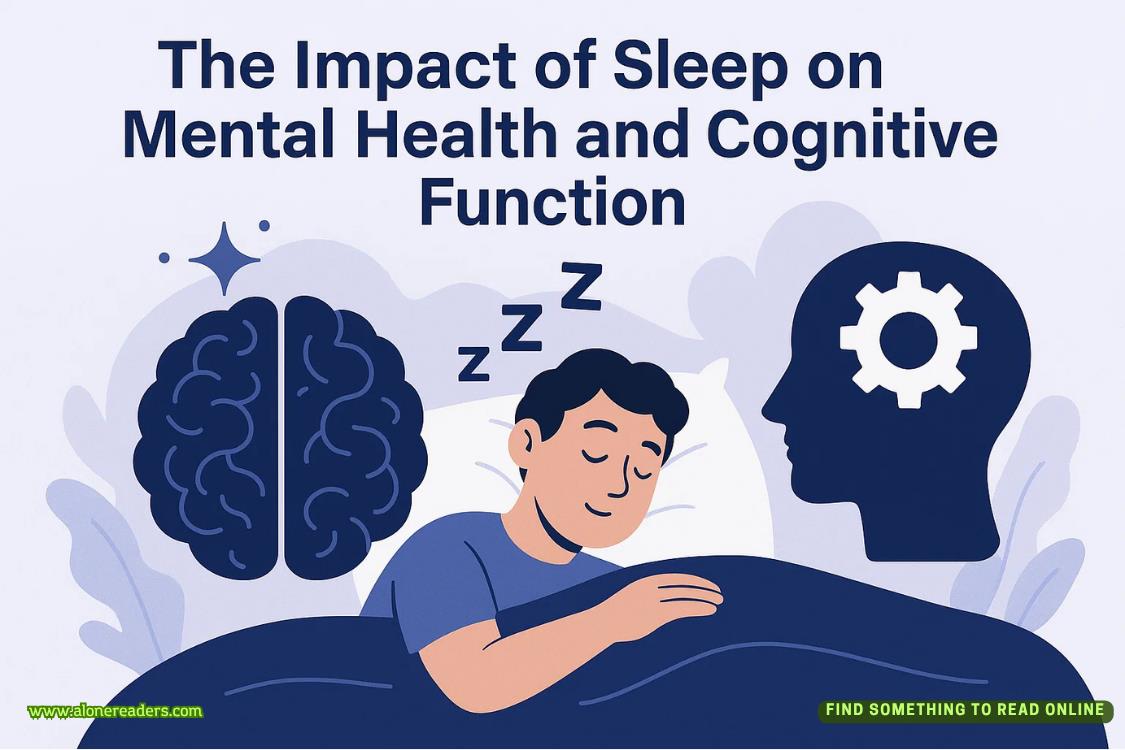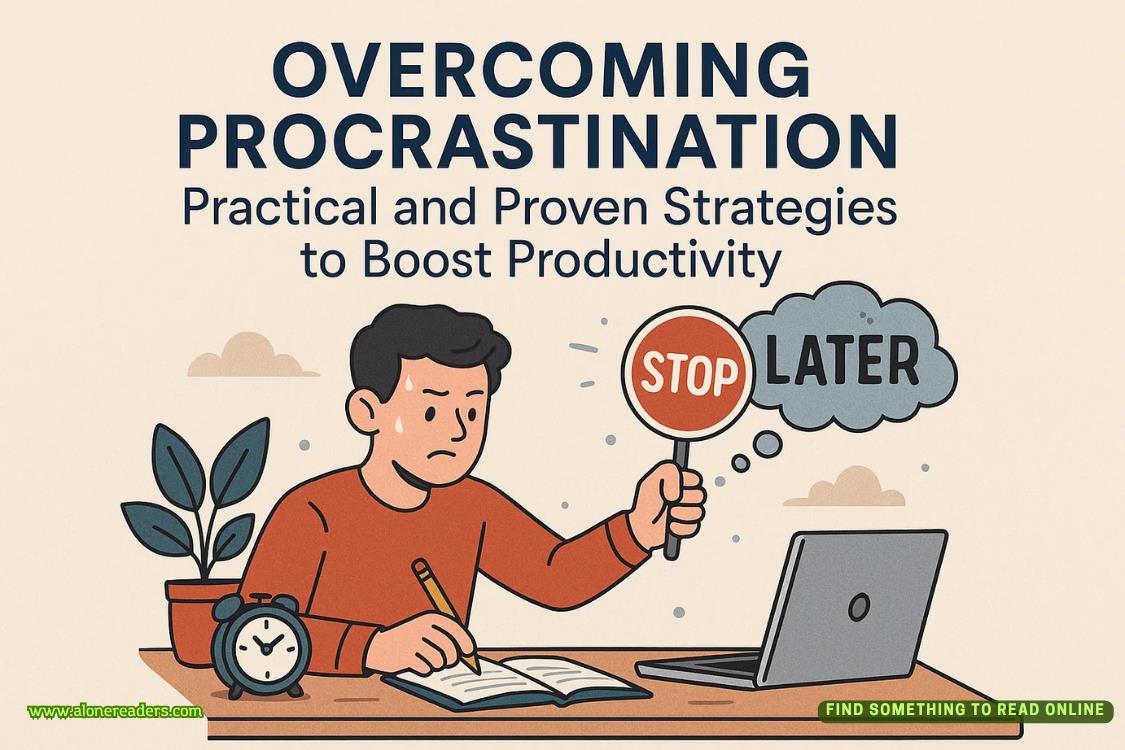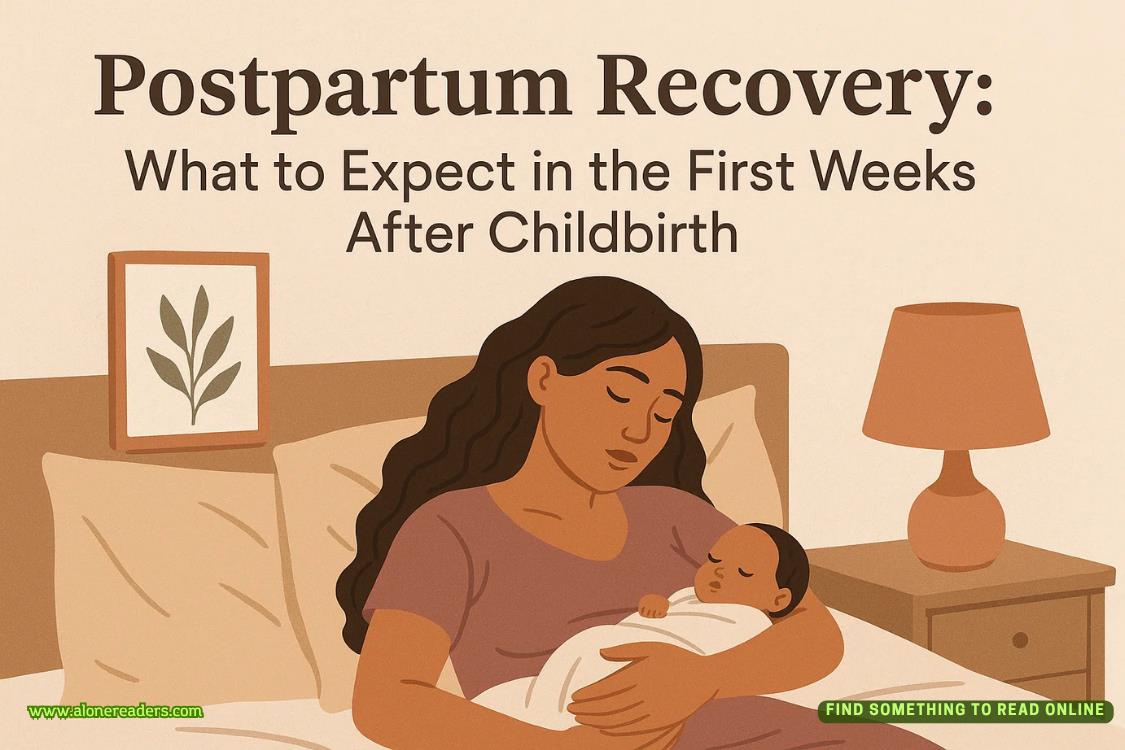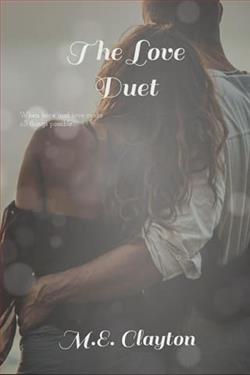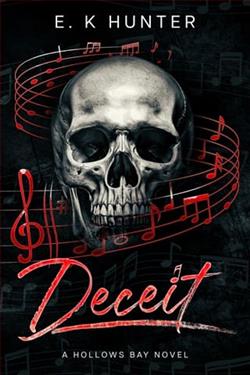Page 57 of O is for Outlaw (Kinsey Millhone 15)
Once I'd jotted down what I remembered, adding the cash count, credit card numbers, passbook numbers, and dates of receipts, I gave myself permission to proceed, opening the Delta ticket envelope, which really interested me. The flight coupons had been used. I removed the itinerary and the passenger receipt. Mickey had flown to Louisville, Kentucky, by way of Cincinnati on Thursday, May 8, returning late in the day on Monday, May 15. This impromptu five-day excursion had cost him more than $800 in plane fares alone.
I reached for the remaining item, a folded piece of paper, and read the brief statement, which was dated January 15, 1981. This was a simple letter agreement between Mickey Magruder and Tim Littenberg, signed by the latter, in which he acknowledged receipt of the sum of $10,000, a no-interest loan with a five-year balloon payment due and payable five months ago January 15, 1986.
I packed up the guns and other items, hid them in a safe place, and grabbed my jacket and handbag.
FOURTEEN.
The main drag in Colgate is four lanes wide, lined with an assortment of businesses ranging from carpet stores to barbershops, with a gas station on every other corner and an automobile dealership on the blocks between. Colgate, sprawling, eclectic, and unpretentious, provides housing for those who work in Santa Teresa but can't afford to live there. The population count of the two communities is roughly the same, but their dispositions are different, like siblings whose personalities reflect their relative positions in the family matrix. Santa Teresa is the older of the two, stylish and staid. Colgate is the more playful, less insistent on conformity, more likely to tolerate differences among its residents. Few of its shops stay open after 6 P.M. Bars, pool halls, drive-in theaters, and bowling alleys form the exception.
The parking lot at the Honky-Tonk looked much as it had fourteen years before. Cars had changed. Whereas in the seventies the patrons were driving Mustangs and VW vans painted in psychedelic shades, streetlights now gleamed on Porsches, BMWs, and Trans-Ams. Crossing the lot, I experienced the same curious excitement I'd felt when I was single and hunting. Given my current state of enlightenment, I wouldn't dream of circulating through the bar scene, barhopping, we called it, but I did in those days. In the sixties and seventies, that's what you did for recreation. That's how you met guys. That's how you got laid. What Women's Liberation "liberated" was our attitude toward sex. Where we once used sex for barter, now we gave it away. I marvel at the prostitutes we must have put out of business, doling out sexual "favors" in the name of personal freedom. What were we thinking? All we ended up with were bar bums afflicted with pubic vermin.
The Honky-Tonk had expanded, incorporating space formerly occupied by the adjacent furniture store that used to advertise liquidation sales every six to eight months. There was a line at the door, where one of the bouncers was checking IDs by running them through a scanner. Each patron, once cleared, was stamped HT on the back of the right hand, the HT of the Honky-Tonk apparently serving as clearance to drink. That way the waiters and bartenders didn't have to card each cherubic patron ordering rum and Coke the drinker's equivalent of the training bra.
Now sporting my ink brand, I walked through a fog of cigarette smoke, trying to get a feel for the age and financial status of the crowd inside. There was a large infusion of college students, fresh-faced, uninhibited, their naivete and bad judgment not yet having come home to roost. The rest were chronic singles, the same aging bachelors and divorcees who'd been eyeballing each other since I'd first buzzed through.
There was still sawdust on the floor. Between the dark-painted wainscoting and the pressed-tin ceiling, the walls were hung with old black-and-white photographs showing Colgate as it had been sixty years before: bucolic, unspoiled, rolling hills stretching out as far as the eye could see. The images were illuminated by gaudy beer signs, red and green neon tinting the vanished grasslands and sunsets.
There were also countless photographs of local celebrities and regulars, pictures taken on St. Patrick's Day, New Year's Eve, and other occasions when the Tonk closed its doors to the public and hosted private parties. I spotted two 8-by-11 photos of Mickey, Pete Shackelford, and Roy Littenberg. The first showed them in police uniform, standing at parade rest: solem-faced, stiff-backed, serious about law and order. In the second, they were seasoned, men who'd become cynics, guys with old eyes who now smiled over cigarettes and highballs, arms flung casually across one another's shoulders. Roy Littenberg was the oldest by a good ten years. Of the three, he was now dead and Mickey was barely clinging to life. I wondered if there was a way to conjure them up out of memories and smoke-three cops, like ghosts, visible as long as I didn't turn and try to look at them directly.
